Welcome to Part 5 of the Daily Esports Rocket League Ranked Guide. In this guide, we’ll be listing the final key mechanical and strategic skills required to reach Grand Champion. The grind for Grand Champion will require much more than the skills in this part alone. Be sure that you’re capable of the skills required in our Champion 3 guide and those before it.
When you’re comfortable in Champion 3 rank, you mostly have all the skills necessary to reach Grand Champion. The main separators of these two ranks are consistency and creativity. Consistency to shoot and pass on target comes through practice. Creativity is combining the skills you’ve learned from our previous Rocket League ranked guides to deliver greater shots or centering plays.
Two-Touch Centering
You can use your near-post rebound skill combined with redirecting to two-touch center the ball into a striking opportunity for a teammate. You can perform this from anywhere, but it’s more effective out of defense so your second touch can center the ball in front of the opponent’s goal.
How to do it:
- Hit the ball at high speed into the wall.
- Fast-aerial up to intercept the ball after its rebound.
- Air-roll your car parallel to the wall to redirect the ball farther upfield.
- Aim to hit the ball from the underside to give it more height.
- Recover from the aerial on the wall.
Your first hit should be at least a quarter of the pitch distance from the wall. This is so that you have the time and space to aerial up to the height of the ball.
If your rebound pass wasn’t too high, you can optionally single jump aerial to meet it. You can then use your delayed flip to redirect the ball. After your second touch, you can immediately think about your rotation as you’ve already provided a centering play for your team.
Grand Defense
As players are beginning to use more advanced mid-air striking methods in ranked games, you need to be able to deal with them as quickly or effectively as possible. All of your previously learned aerial striking skills transfer well into backboard defense.
Backboard Interference
Intercept the ball as early as possible when your opponents attempt to use the backboard. This can deny them from creating any aerial shooting chances. Ideally you should be clearing the ball mid-air before it can drop below crossbar height.
Practice your backboard rebound predictions from the goalkeeper’s position, or as a defender who’s rotating from the corner or mid-field. This will increase your reaction time and defensive efficiency.
To increase your accuracy, use power-slides to align yourself with the ball before jumping. Don’t rely on adjusting your aerial path mid-air. This uses more boost than necessary and can reduce the power on your clearance.
As your aerial predictions improve, you’ll even be able to clear the ball from blind angles – to aerial in a direction you can’t see on screen to meet the ball (examples seven and eight).
Backboard Aerials
You can use the backboard to start your aerials from higher up and make more powerful mid-air clearances. This method of clearing can be used when you have little-to-no boost or just to preserve your boost until you need to make contact with the ball.
To make great backboard aerial clears, don’t fast aerial off the wall. Delay your flip until making contact with the ball, as this allows you to hit it much farther upfield or into a corner.
No Hesitation
When you see an opponent starting an advanced aerial play (wall-to-air dribble, double-tap, ceiling shot, flip reset), you may hesitate to take action because of the many ways they could take their shot. In the Grand Champion ranks, there is no free time to observe these plays in a defender’s position.
Hesitating in defense can cause three issues:
- It allows the striker to bring their shot closer to your goal — reducing the required shot power and distance.
- It allows the striker additional time to set up their perfect shot.
- It allows the striker to recover or transform a shot that they may have initially spoiled.
The best way to deal with advanced mid-air shots is to interrupt them as soon as possible. With enough boost to aerial, immediately challenge the opposing striker mid-air. You can begin your aerial from the ground or from your backboard, whichever provides the quickest route from your position to the striker.
By doing so, you reduce the opponent’s available setup time. You’ll either successfully tackle them or pressure them into shooting early and rushing/spoiling their shot.
Backboard Double Taps
Double taps are a very effective shot that can be used to bypass defenders from mid-air. They’re used commonly in the highest level of Rocket League professional play. Its setup requires that you hit the ball twice mid-air, once to strike the ball off the backboard and another to take the shot.
A double tap can also be used to generate more speed on your shot and make the shot unpredictable for the goalkeeper, causing them to hesitate.
How to do it:
- Aerial to hit the ball towards the backboard.
- Boost and arc your car through your first hit on the ball. This will increase the ball rebound speed whilst reducing your car recoil.
- Air-roll to recover from any recoil while boosting towards the rebounding ball.
- Aim to strike the ball downwards on the rebound shot.
Feathering your boost and air-rolling is the key. These will help you to recover from the initial ball hit and then manage your altitude while approaching the rebounding ball.
Striking the ball down with your car’s nose generally provides the faster downward-pointing shot (example one to three). You can create a larger surface area to strike the ball with by air-rolling to hit the ball with your roof (example four).
If you’re approaching your rebounds too quickly, you can reduce your incoming speed by air-rolling your car to face away from the ball and then boosting (example five).
Dribbling and Flicks
It’s important to further develop your skills in dribbling and flicks as you can often find yourself in a 1v1 situation in a standard 3v3 game. Here are a few more skills you can add to your dribbling skill set to make the best of your ball possession.
Catching the ball
To catch the ball is to absorb the ball’s initial bounce on your roof. It allows you to slow down the pace of the game and set up a dribbling play. This is useful if you can’t see an open opportunity to shoot or pass the ball.
How to do it:
- Position the front half of your car underneath the ball.
- Drive into the ball, making contact with the front half of your roof.
- After the bounce, continue to drive to catch the ball’s next bounce.
- Repeat as necessary until the ball settles on your roof.
You can catch the ball from the side of your car too. On impact, steer into the ball to absorb the impact. Then continue to dribble on the nose of your car.
Make sure you always have the time and space to safely catch the ball. If you’re already being challenged, the catch can provide an easy shot setup for an opposing striker.
Self-setup Flicks
Self-setup flicks are a lower and weaker flick than your usual flick shots. They’re useful for flicking the ball a small height over an opponent who’s about to tackle you. When done successfully, you can bypass a single defender at a time while keeping possession.
How to do it:
- Dribble the ball on the center of your car at a low-to-medium speed.
- Make a small initial jump to keep the flick height low.
- Delay your flick until the height of your jump.
- Use a front, diagonal, or side-flip to pop the ball up.
If done correctly, you will pop the ball over the defender, bypass them completely, and still maintain possession of the ball. You can optionally catch the ball afterward and continue to dribble upfield.
Flicking with direction and power
You can make your shooting flicks more deadly by setting up your flicks from a specific side of the ball and adjusting your car mid-air to use the hitbox to your advantage.
Ball Side Flicks
You can guide your flick shots in a specific direction by positioning your car on the opposite side of the intended flick shot direction before your first jump. For example, if you intend to flick to the right, position your car to the left side of the ball instead or directly under it.
With greater control of your flick shot accuracy, you can intentionally flick the ball away from shadowing defenders or across the face of the goal when you see an opening.
Angled Flicks
The 45-degree (example one and two) and 90-degree (example three) flick shots allow you to guide the ball in a specific direction with even more power. They both require that you turn, air-roll, and delay your flick. When performed correctly, they utilize the car’s front-end length to guide the shot.
How to do them:
45-Degree Flick
- Dribble the ball and position yourself on the opposite side of the shot direction.
- Jump and turn your car 45 degrees away from the intended shot direction.
- Slightly air-roll your car counter to the direction you turned after jumping.
- Forward-diagonal or side flip into the ball to flick from the 45-degree angle.
90-Degree Flick
- Dribble the ball and position yourself on the opposite side of the shot direction.
- Jump and turn your car 90 degrees away from the intended shot direction.
- Air-roll your car 90 degrees so your roof is facing the ball.
- Backward flick into the ball to flick from the 90-degree angle.
Delay your flick until you can see you have angled your car correctly and the ball has settled on your car mid-air. After your initial jump, feather your boost as necessary to keep your car close to the ball.
Practice
Be sure to keep practicing your hook shots, half-volleys, backboard shots, and air-rolls shots. Being able to consistently make accurate and powerful shots will be just as useful and desirable as the more advanced shot types in Rocket League. Here are two lengthy training packs to practice the skills covered in this part to the guide.
Grand Champion Offense: F7CD-85EA-C9DB-12CE
Grand Champion Defense: 5413-0EEC-2ABC-FFAC
What’s next?
After reaching Grand Champion, take a moment to congratulate yourself. You’ve done it! You’ve just received the highest rank available in Rocket League. It’s not over yet though, as you still need to earn your season rewards to get the GC season title.
Additionally, you can further push yourself to reach even higher MMR points and prove that you’re more than just a Grand Champion. To keep yourself inspired, you should watch the upcoming RLCS over on the Rocket League Twitch channel.
In part six of our Rocket League ranked guide, we’ll cover the skills that are mistakenly believed to be necessary to reach Grand Champion, such as flip resets. While they aren’t mandatory, they’re still fun to learn and can still help you develop your skills.





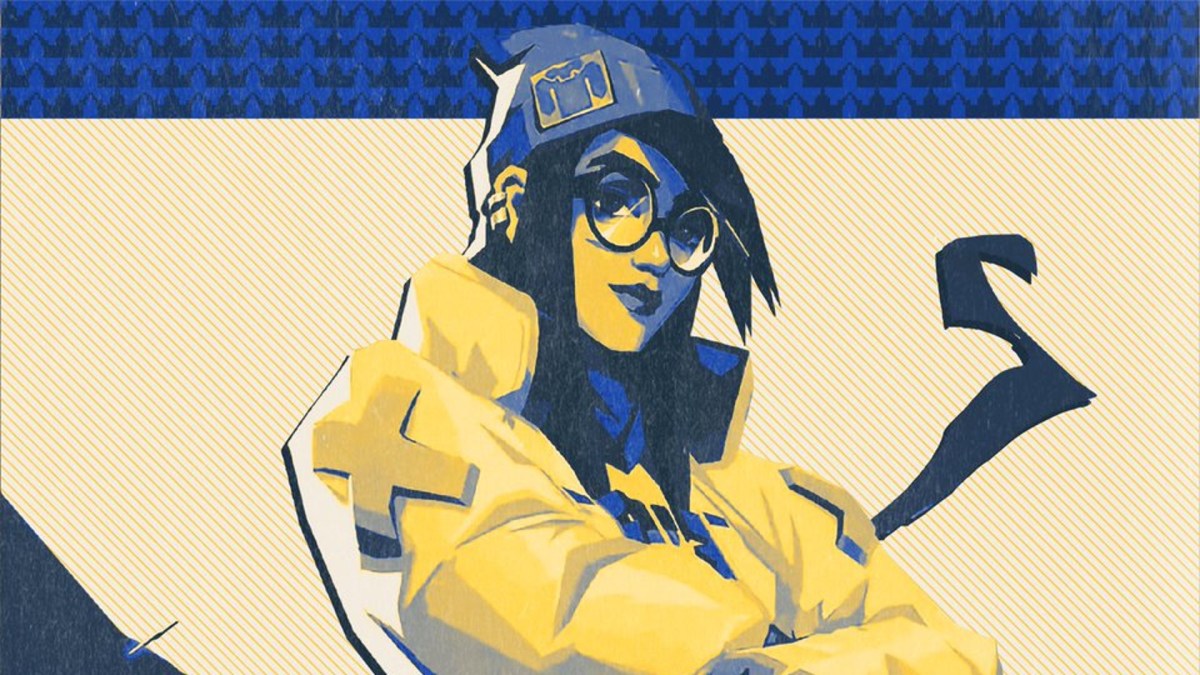
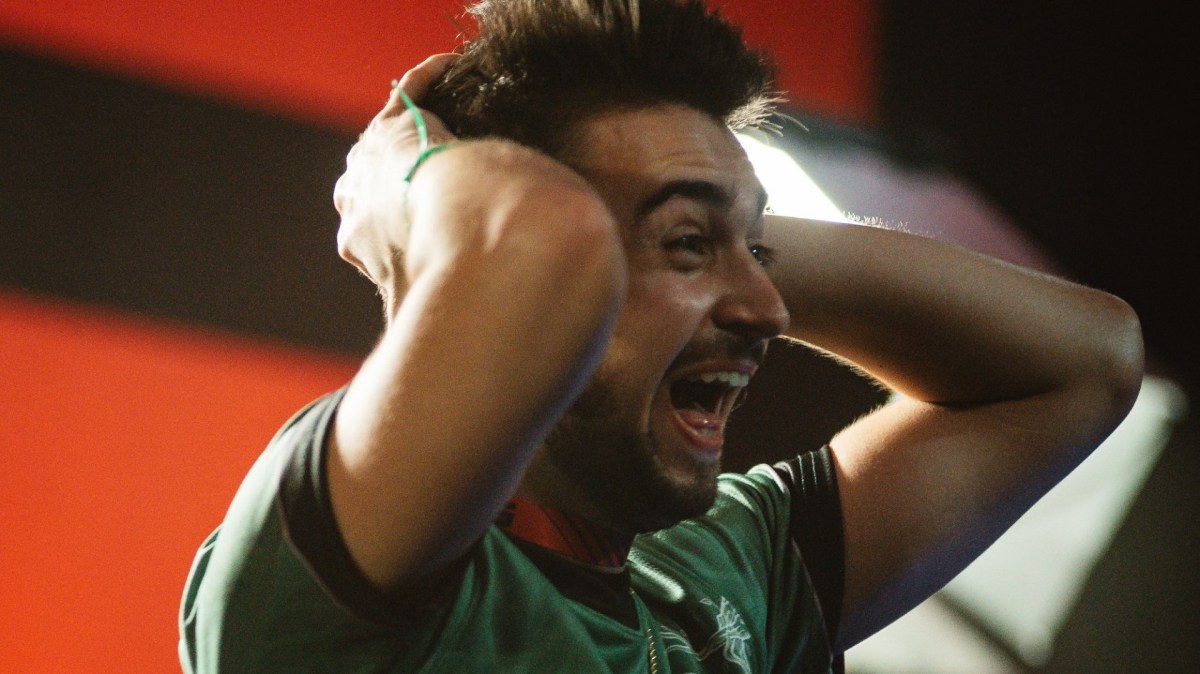


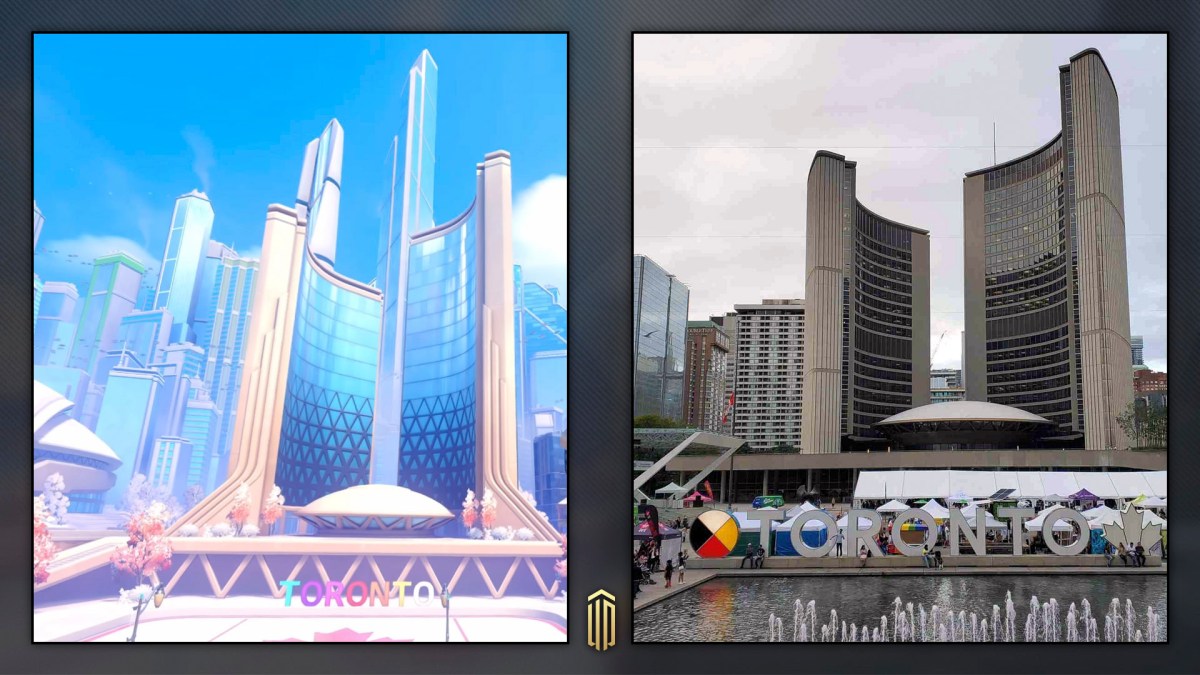
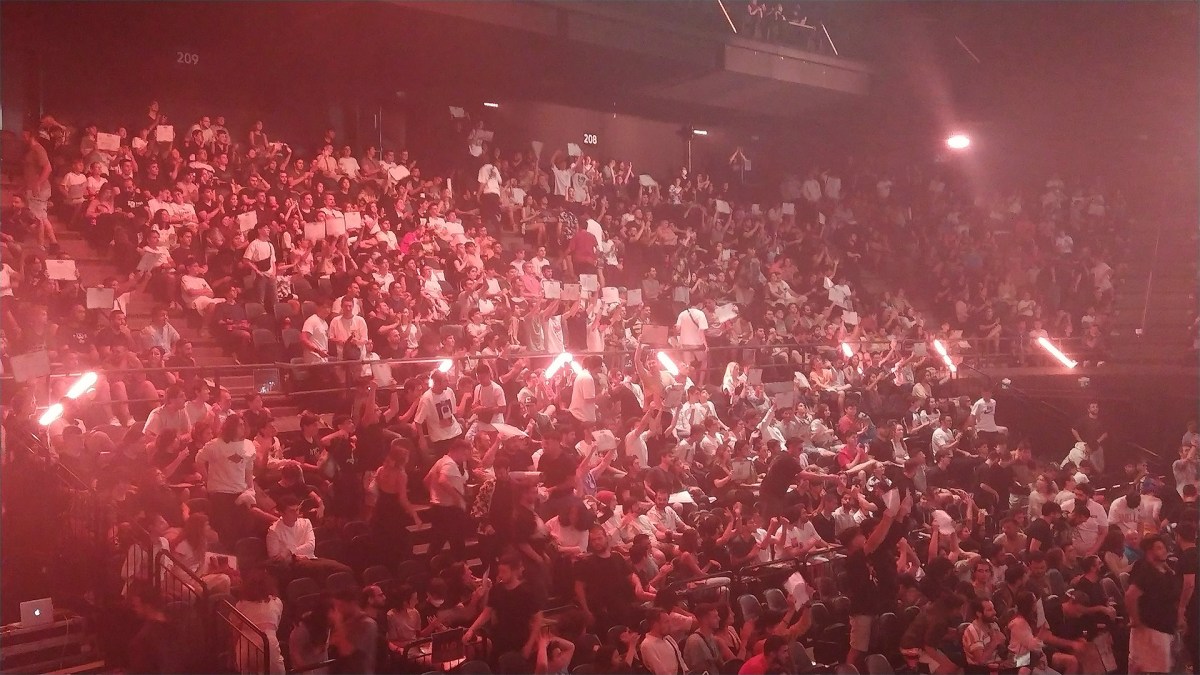

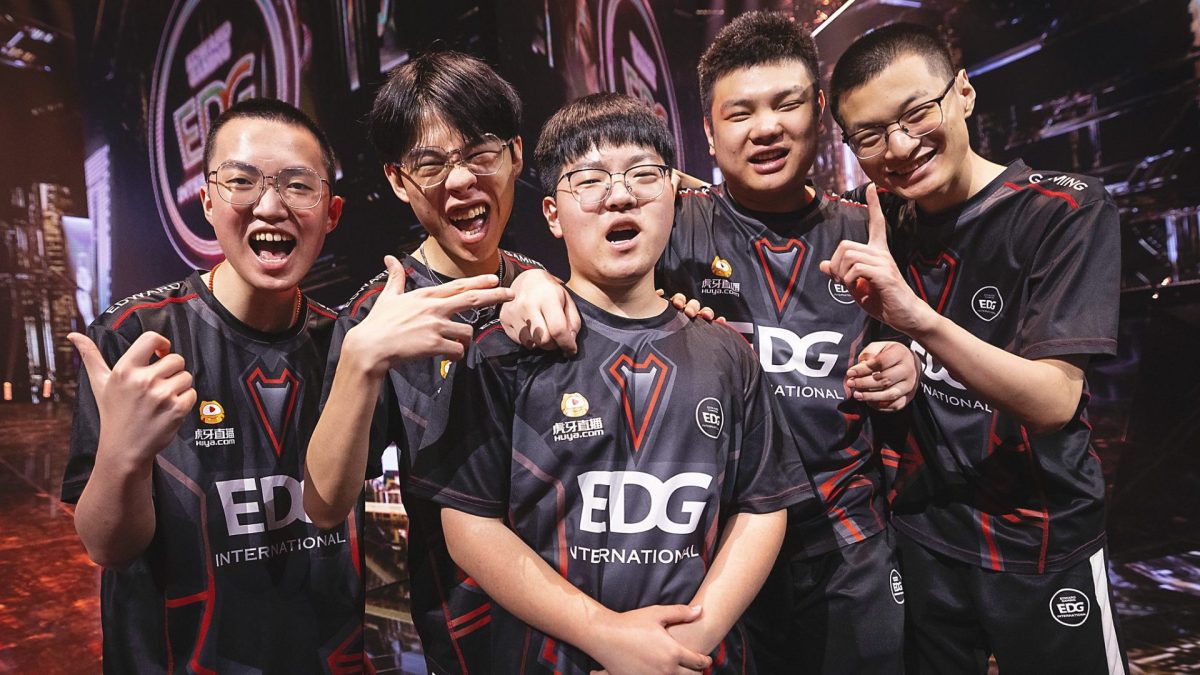
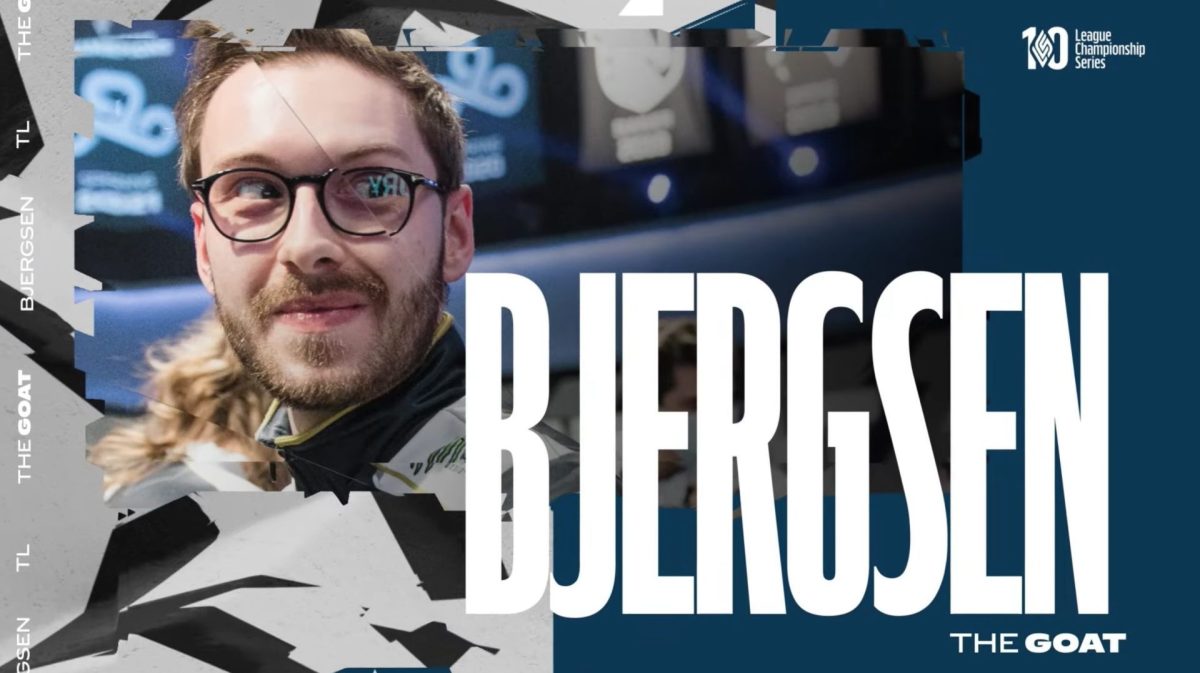
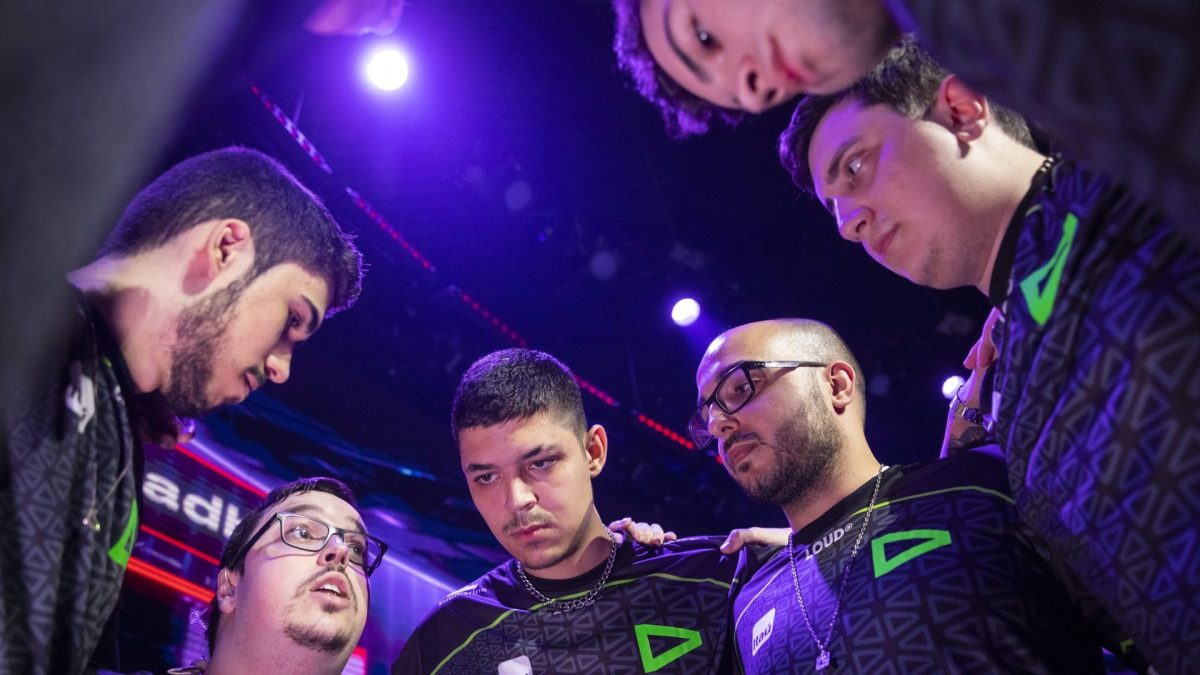


Published: Sep 20, 2019 12:32 pm